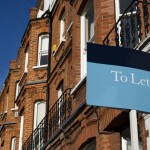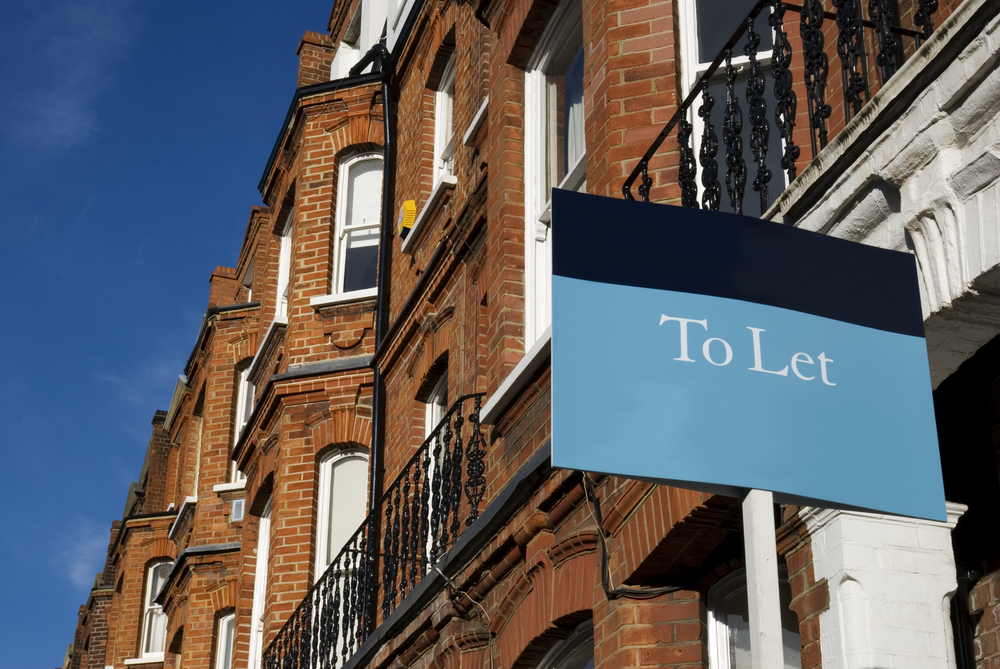The Government’s stamp duty increase on buy-to-let and second homes has raised in more revenue than initially expected, suggesting that the policy has failed to make the property market fairer for first-time buyers. New figures from HM Revenue and Customs show that the 3% stamp duty surcharge has boosted Treasury coffers by £2 billion since its […]
 The Government’s stamp duty increase on buy-to-let and second homes has raised in more revenue than initially expected, suggesting that the policy has failed to make the property market fairer for first-time buyers.
The Government’s stamp duty increase on buy-to-let and second homes has raised in more revenue than initially expected, suggesting that the policy has failed to make the property market fairer for first-time buyers.
New figures from HM Revenue and Customs show that the 3% stamp duty surcharge has boosted Treasury coffers by £2 billion since its introduction.
Since April 2016, property investors looking to buy a second home have faced a 3% stamp duty surcharge as part of the Government’s plans to curb the buy-to-let market and free up property for first-time buyers.
Analysis by Blick Rothenberg shows that the Government has racked up an extra £2 billion in stamp duty for the same number of property transactions as two years ago.
The latest statistics released by HMRC to 31 July 2017 show that the number of property transactions was 1,204,730, the equivalent of £12.4 billion in stamp duty.
This compares to broadly similar transaction levels of 1,205,700 in the year to 31 July 2015, but lower stamp duty revenue of £10.4 billion.
The surcharge was initially expected to raise around £1 billion extra for the Treasury by 2021.
The figures will raise questions about whether the policy is helping first-time buyers get a foot on the property ladder.
Robert Pullen, director at Blick Rothenberg, said: “The Government will need to urgently consider whether the additional 3% SDLT policy is helping achieve fairness in the property market, or if it is creating more problems than it is solving.
“The policy intention was always stated to be to realign the residential property market to make it fairer for first-time buyers.
“It is becoming clearer, however, that as prices continue to rise, the measure has succeeded only in generating extra tax for HMRC, as well as a sluggish property market evidenced by the number of property transactions falling.”














